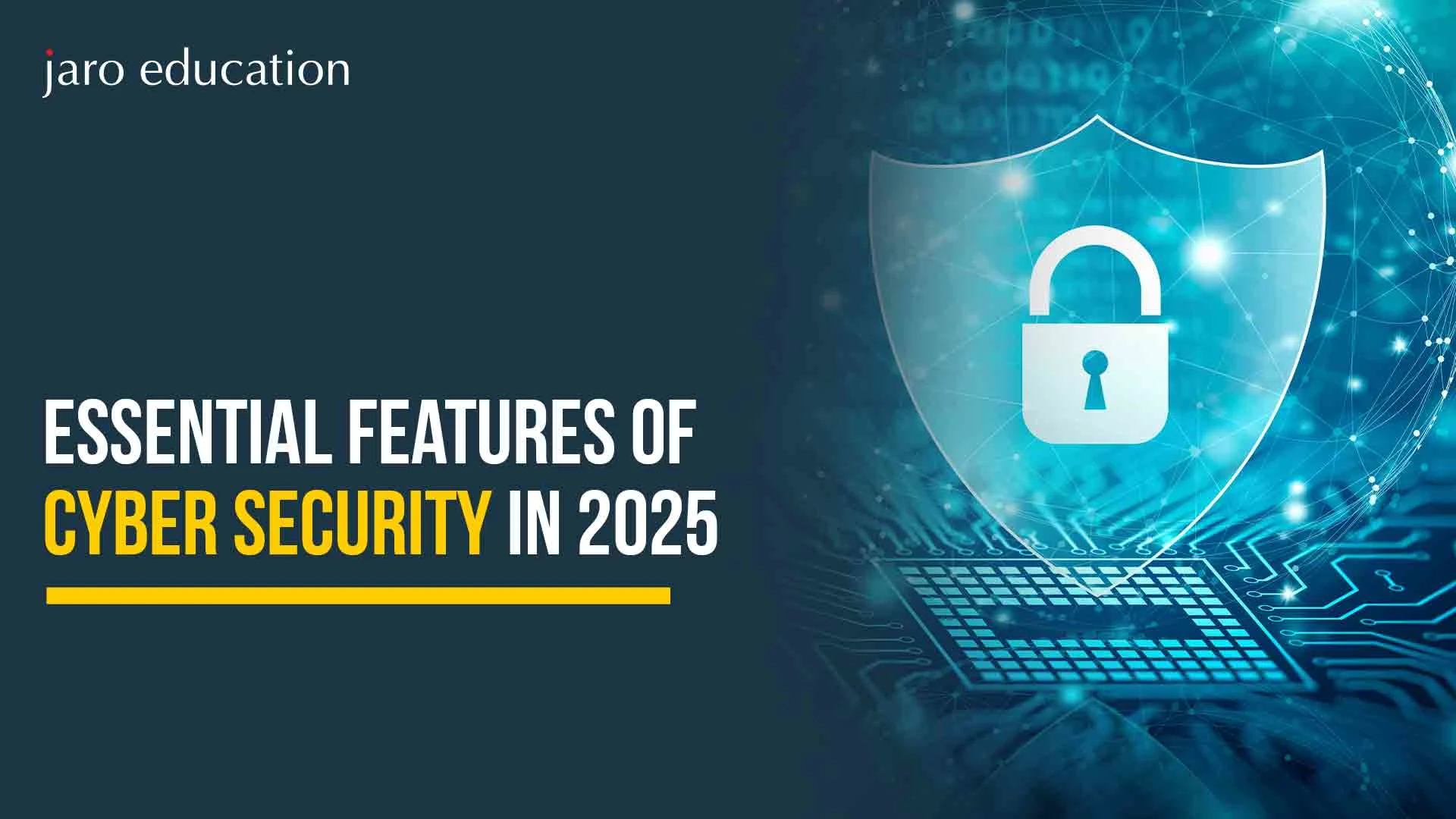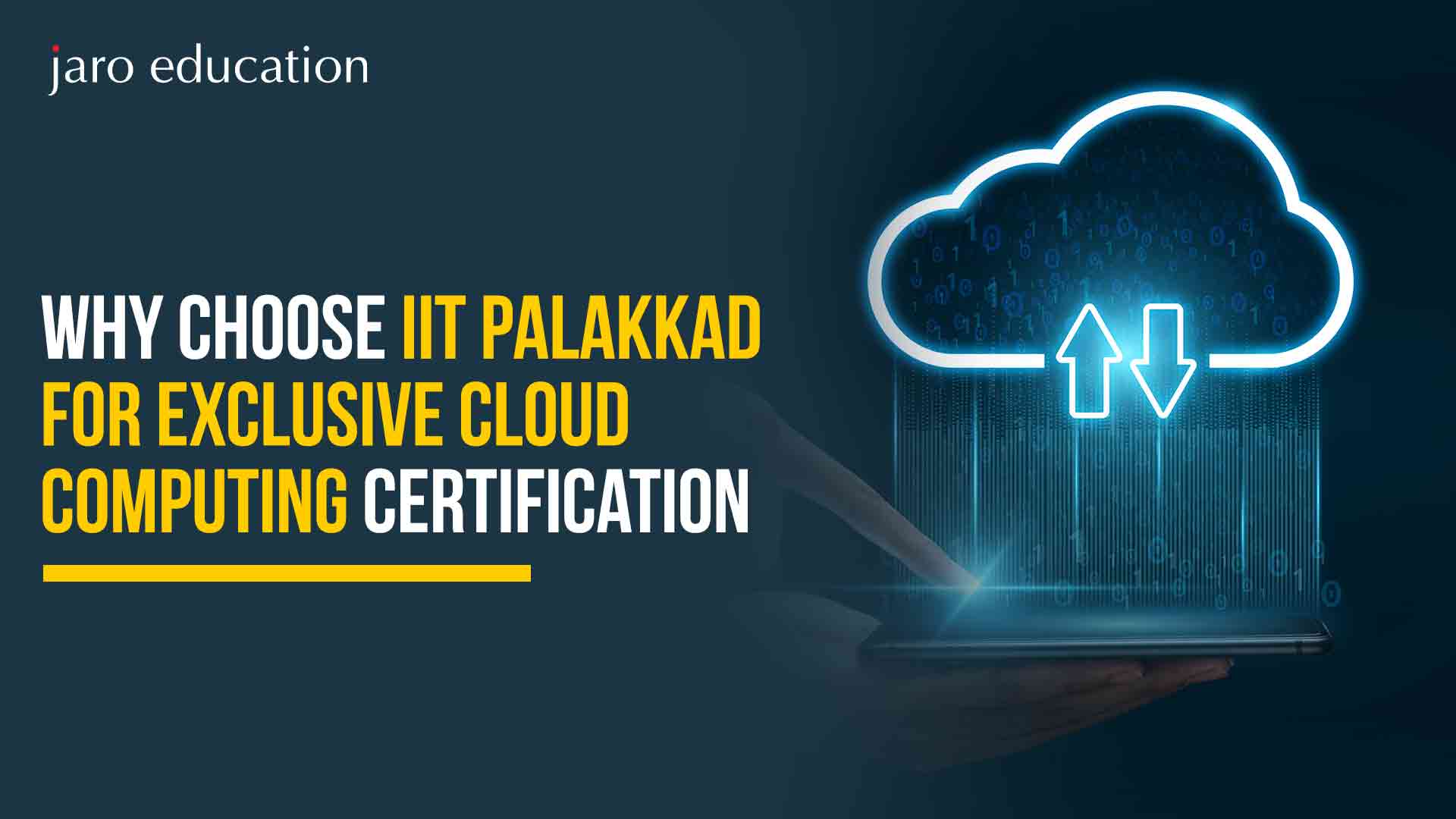Countering Cyber Attack: Strategies for Aspiring Professionals
Table of Contents
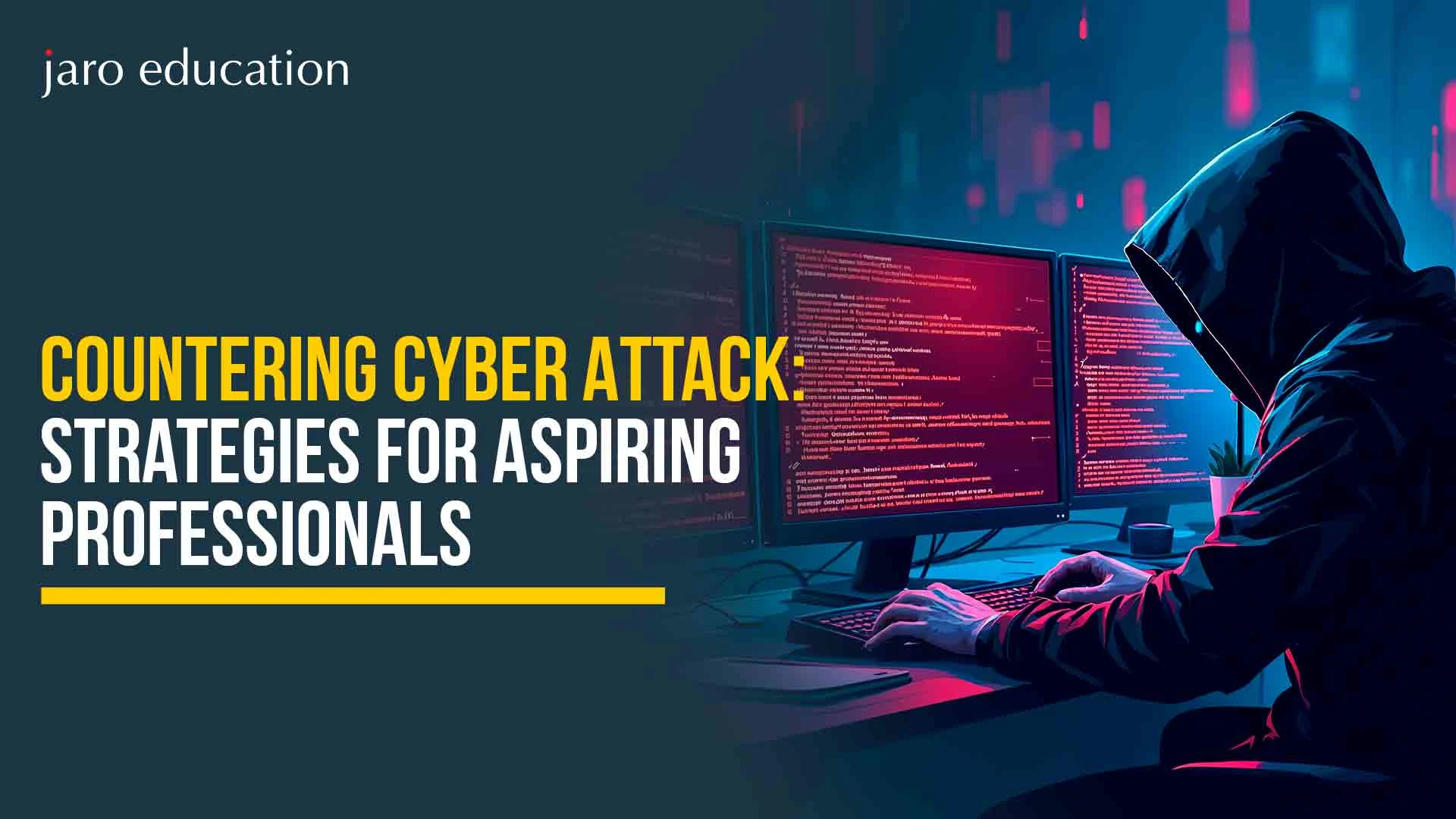
Did you know? Research predicts global cybercrime damages to reach up to $10.5 trillion annually by 2025.
For professional thinking about entering the cybersecurity field, the threat of cyber attack seems to be larger than ever in recent times; you might have personally experienced this too.
Understanding the mechanics of cyber security attack allows you to better be able to handle the potential threats and implement robust security measures, that is up-to-date. This foundational knowledge is crucial and highly in demand by employers for roles such as Security Analysts, Ethical Hackers, and Incident Responders.
Here’s the first thing you need to know!
Common Types of Attacks in Cyber Security: Building Awareness
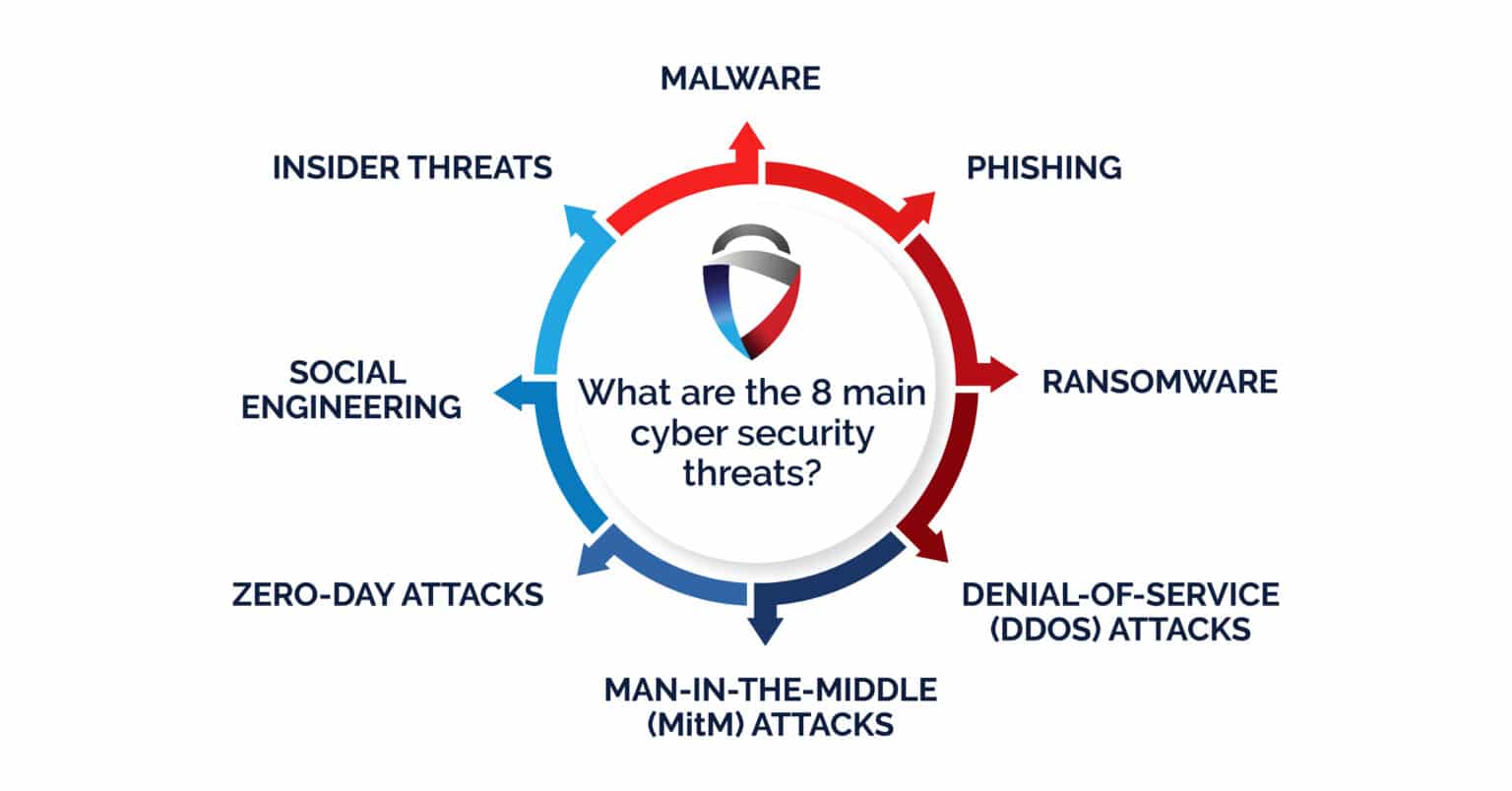
*fortifydata.com
Whether you are a professional looking to pivot into relevant roles or an experienced professional seeking upscaling, before getting into the defense strategies, it’s essential to recognize the types of cyber attacks that happen. So, let’s cover the basics!
1. Phishing Attacks
Deceptive emails, messages or even fake websites are made to trick individuals into revealing sensitive information like passwords, credit card details and login credentials. This form of cyber attack is the most prevalent and dangerous because of how convincing it can look, often mimicking trusted brands, banks, or workplace systems.
2. Ransomware
This is a type of malicious software (malware) that locks or encrypts the victim’s data and demands a ransom, usually in cryptocurrency form, to restore access. Cyber attacks like ransomware have brought entire healthcare systems, schools, and municipal services to a standstill. The reason it is damaging is that it quickly spreads across networks, often paralyzing operations.
3. Distributed Denial-of-Service (DDoS) Attacks
These attacks flood a server, website, or network with overwhelming traffic, forcing it offline. For businesses, a DDoS attack can lead to hours or even days of downtime. DDoS is often used by attackers as a distraction while more insidious breaches happen in the background.
4. Man-in-the-Middle (MitM) Attacks
In a MitM cyber attack, the hacker secretly intercepts and possibly alters communication between two parties without their knowledge. These often happen on unsecured public Wi-Fi networks, where a cybercriminal can “eavesdrop” on sensitive data like login details, banking information, or private conversations.
5. SQL Injection
Here, attackers exploit vulnerabilities in a web application’s database by inserting malicious SQL statements. If successful, it can give them access to retrieve, modify, or even delete sensitive data from the database. SQL injections often target websites that don’t properly sanitize user input, making this a serious concern for any online platform or service provider.
6. Zero-Day Exploits
These are cyber attacks that take place on the same day a software vulnerability is discovered, before developers have time to release a fix, and a zero-day attack is one such. The exploits caused are highly dangerous because no patch or defense exists at the time of the breach.
Strategies for Aspiring Cybersecurity Professionals
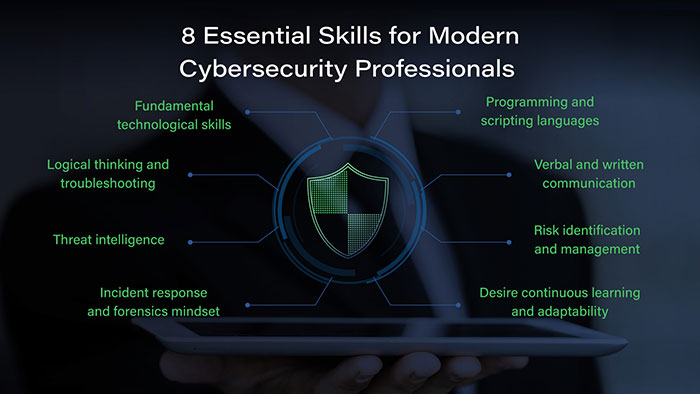
*lumificyber.com
Now, the exciting part you were waiting for! The list of strategies to effectively counter cyber attacks:
1. Continuous Learning and Certification
First and foremost, you need to stay updated with the latest cybersecurity trends and obtain relevant certifications to show your credibility. The certificates can be about:
- CompTIA Security+
- Certified Ethical Hacker (CEH)
- Certified Information Systems Security Professional (CISSP)
These courses validate your expertise as what you learn in the IT industry is in demand, increasing your chances of employability.
2. Hands-On Experience
Secondly, you can engage in practical exercises through cybersecurity labs and simulations. Hands-on experience and skill considerably complement your cyber attack theory knowledge. You can do it on platforms like TryHackMe and Hack The Box. They offer real-world scenarios to hone your expertise.
3. Understanding Compliance and Regulations
Now, most importantly, familiarize yourself with laws and standards such as:
- General Data Protection Regulation (GDPR)
- Health Insurance Portability and Accountability Act (HIPAA)
- ISO/IEC 27001
Compliance knowledge is highly essential for implementing effective security policies.
4. Networking and Community Engagement
Also, consider joining cybersecurity communities, attending conferences, and participating in forums. Such networking provides opportunities for mentorship, collaboration, and staying informed about the industry’s latest news & developments.
5. Developing a Cyber-Resilient Mindset
Last but not least, you must adopt a proactive approach to cybersecurity by:
- Regularly updating systems and software
- Implementing multi-factor authentication
- Conducting periodic security audits
A resilient mindset towards cyber attacks is way more helpful in anticipation, prevention, and swift response to threats than we emphasize it.
Key Cyber Attacks and Their Career Relevance
| Cyber Attack Type | Skillset Needed to Prevent/Respond | Job Roles Most Involved |
| Phishing | Social engineering analysis, secure email gateway management | Security Analyst, Awareness Trainer, SOC Analyst |
| Ransomware | Malware analysis, backup strategy, incident response | Malware Analyst, Incident Responder, IT Admin |
| DDoS Attack | Network traffic analysis, rate limiting, CDN configuration | Network Engineer, Security Operations Specialist |
| Man-in-the-Middle | Encryption protocols, secure network architecture | Penetration Tester, Network Security Engineer |
| SQL Injection | Secure coding practices, input validation, code review | Application Security Engineer, Web Developer |
| Zero-Day Exploit | Threat intelligence, vulnerability assessment, sandboxing | Threat Hunter, Ethical Hacker, Red Team Specialist |
Resource Box for Aspiring Cybersecurity Professionals
Trusted essentials that complement your cybersecurity journey:
Resource | What It’s Good For |
“The Art of Invisibility” – Kevin Mitnick | A gripping intro to digital privacy from a legendary hacker. |
Wireshark (Free Tool) | Open-source network protocol analyzer used in many pro labs. |
OWASP Top 10 (Free Resource) | A must-know list of critical web security vulnerabilities, covered in our curriculum. |
Have I Been Pwned (Free Tool) | Check if your data has been exposed in a breach — used in real-world case studies. |
“Practical Malware Analysis” by Michael Sikorski and Andrew Honig | The book delves into the intricacies of malware analysis and reverse engineering. |
How Jaro Education Equips You to Counter Cyber Attacks
At Jaro Education, we are committed to empowering aspiring cybersecurity professionals with cutting-edge knowledge and practical skills to effectively counter cyber attacks. We provide access to expertly designed online courses in collaboration with premier institutes, enabling you to build a strong foundation in cybersecurity management, risk mitigation, incident response, and emerging technologies like AI, blockchain and much more.
One of our key Cybersecurity courses includes:
Executive Programme in Artificial Intelligence and Cyber Security for Organizations (IIM Indore)
Designed for non-technical professionals, engineers, IT project managers, and early-career IT professionals, this 10-month program covers AI fundamentals, machine learning, big data analytics, digital forensics, ethical hacking, information security governance, and cyber law.
The best part? It has a mix of online interactive learning with a 3-day campus immersion, focusing on leadership and communication skills to prepare participants for evolving cybersecurity challenges.
Upon completion, you will be awarded a certificate from IIM Indore and executive education alumni status, yes, you got that right!
At Jaro Education, you further benefit from:
- Personalized 1:1 mentorship, career counseling, and mock interviews to boost employability.
- Access to AI-powered tools to enhance cybersecurity skills.
- Membership in Jaro Connect, an exclusive alumni network for professional networking and growth.
- Free pre-recorded resources and continuous support from industry experts.
Interested in learning more about how Jaro Education bridges the gap between learners and top universities? Visit our website today and discover it yourself!
Conclusion
To put it in short, looking at the increasing frequency and complexity of cyber attacks has greatly influenced the critical need for skilled cybersecurity professionals. By understanding various types of cyber security attacks and implementing strategic defenses, you can equip yourself with apt knowledge, vigilance, and resilience.
Frequently Asked Questions
Is transitioning into cybersecurity a good move for mid-career professionals?
Yes, why not! Cybersecurity career offers stability, growth, and a strong future, especially if you come from IT, risk, or compliance backgrounds.
Can I shift to cybersecurity without a tech background?
Yes, absolutely, you can. In fact, many areas like governance, risk, compliance, and even training don’t require deep coding skills. With just the right mindset and structured learning, you can flourish in the field over the period. The only key is to keep yourself upscaling with industry standards.
Are there specific tools professionals should learn to defend against cyber attacks?
Yes, tools like Wireshark, Burp Suite, Nessus, and Splunk are commonly used in both cyber attack defense and testing roles.
Is ethical hacking the same as cybersecurity?
Not exactly. Ethical hacking is a part of cybersecurity, but it majorly focuses on proactively finding vulnerabilities before attackers do.
What kind of salary can professionals expect after upskilling in cybersecurity?
Mid-career professionals often see a 30–60% salary boost. In India, skilled cybersecurity roles can go well above ₹20 LPA.












